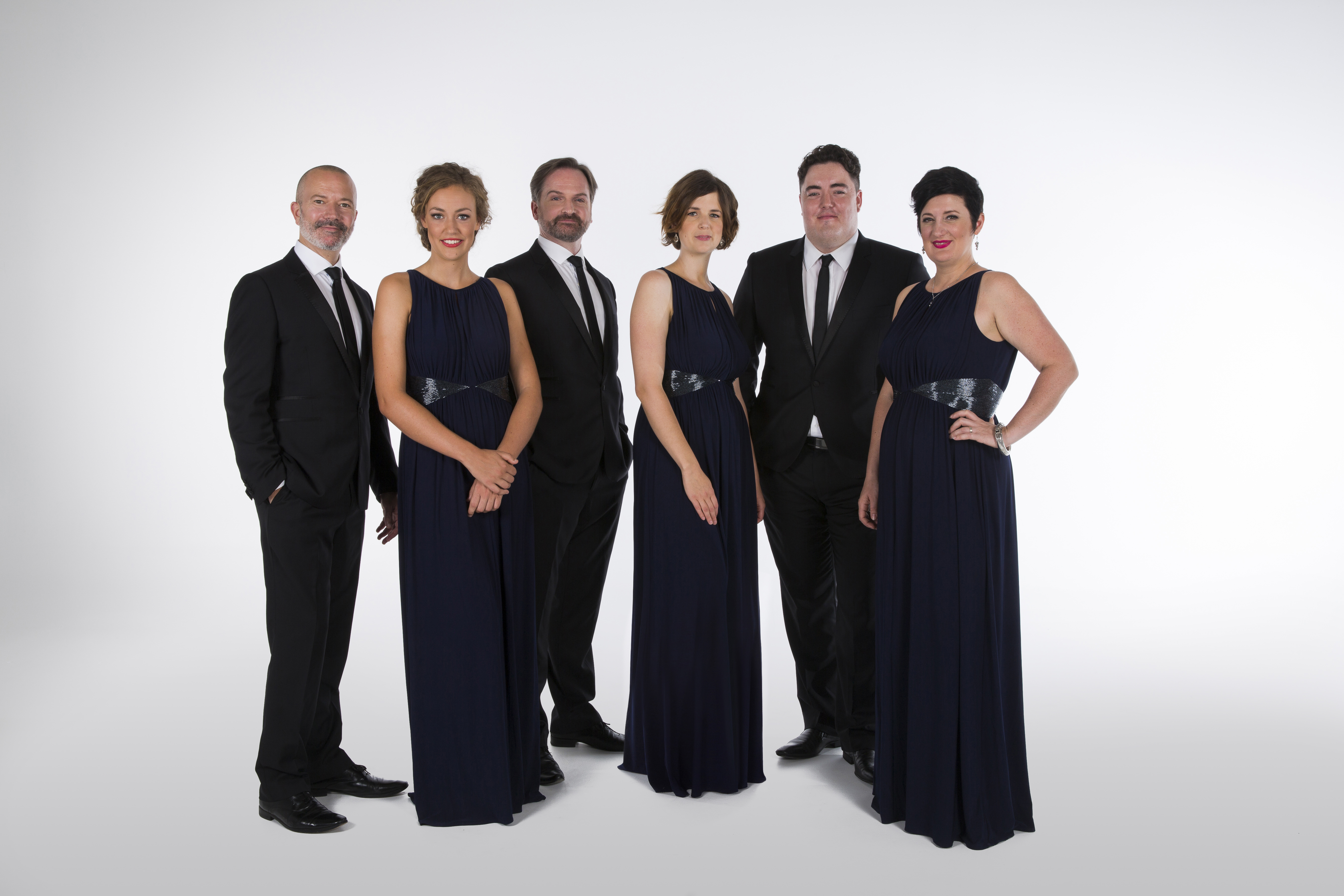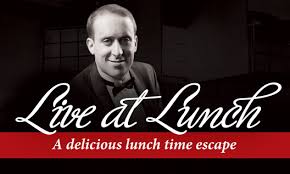‘Composed Noise’ gives its World Premiere

There is a project coming to life in Sydney that is about to overturn long held ideas about composing and performing music. Most of the time, composing would be considered an act of deliberate planning. The composer sets out to express an intensely personal statement in harmony, melody and style. Score markings tell the performer exactly how the music is to be played. Performers adhere to these directives of ‘what the composer intended’ with meticulous attention, even centuries after the composer inscribed the notes on a stave. The role of improvisation, significant in Baroque times lost some status through classical, romantic and modern times with performers limited to writing their own stylistically informed cadenzas where the composition permits.
Now, a consortium of Sydney musicians who would rather challenge the boundaries than seek comfort in them, has overturned the accepted notion of composition. Recording label and project creators Vexations 840, along with one of its directors, composer Lyle Chan and Sydney based string quartet The NOISE, have been immersed in Composed Noise, a collaboration to record music by 7 living composers who are looking at music, its creation and its performance in new ways. The NOISE will release the recording in September, prior to the world-premiere performances in October 20113.
I spent an intense morning ensconced with the composer, The NOISE and the technical team in the Alexandria recording studios where one of Chan’s compositions was coming to life. The previous day, the four musicians of The NOISE had played a game of 500 and the resulting hand of cards lay face up on a rich red Persian rug amongst the music stands and in full view of the musicians. This is their score.
From here it is up to The NOISE, violinists Veronique Serret and Mirabai Peart, violist James Eccles and cellist Ollie Miller, to create their sound and to realise the contradiction in terms that is Composed Noise. Improvising together is instinctive to these four, whose foundation in classical music has been a springboard to exploring the interface between different styles of music that include jazz, New Music and indigenous forms from around the world.
Lyle Chan explains: ” The game of ‘500’ generates 10 tricks which have been turned into 10 Bagatelles by me. I wanted to give the players instructions that they could actually have arrived at without me. I’ve given them very simple instructions of how to interpret the rhythms and every time they see a picture card they have to do certain other things. They have a lot of freedom in interpreting what I’ve given them. In some ways almost nothing is specified and they intuitively realise what is unspecified. You might have heard us talking about the weather – each of the Bagatelles is led by one of the musicians based on the outcome of the playing cards. That person has to inwardly think of an element of the weather – breeze, haze, storm, sunshine and then lead the quartet in that movement.” At the time of recording, the 10 Bagatelles were yet unnamed and identified only by some intrinsic musical quality – ‘subito’, ‘microtonal’, ‘ff-pp’, ‘punktuelle musik’.
He continues. “The NOISE usually play their own improvised music. They don’t normally work with composers. They wanted to challenge themselves by working with composers and that’s what gave rise to the name as well – Composed Noise. ”
Each card in the hand that has unfolded before the musicians, signifies a different melodic and rhythmic pattern, as determined by the composer. For example, a ‘4’ is the cue to play in rhythms of 4; a Jack indicates double or multiple stops and trills; a King signifies bariolage and multiple stops, whilst appropriately perhaps the Joker lets the player loose ad libitum – and so it goes. Spades have the instruments grounded between an octave of Gs around middle C; clubs reside with an octave of Es; diamonds forever shimmer between high Cs; hearts entwine the instrument around an octave of As.
Lyle Chan’s aim is to ” extract the ego of the composer out of the equation. ” He adds “The work in many ways comes from my veneration of John Cage. In Cage, the removal of the ego of the composer is a strong element. In my case, there’s always got to be a balance between the tastes and desires of the composer and their removal. You’re never going to be able to completely remove them. It didn’t even happen in Cage’s pieces despite what he might have wanted. Cage’s personality still came through and that’s a beautiful thing about the concept – that you cannot completely separate out that distinctive personal element.”
From the mixing studio, Lyle Chan plays the dual role of composer and producer. He coaches the players in the recording studio from a console that I’m certain would eclipse that of an A380. “Take your time and think of an element of the weather before you start.” More likely than not, the four string players will each think of a different aspect of the weather. “Arco, tremolo, glissando, col legno, deconstructed harmonies, smoky weather, stormy weather…..” the composer is on hand to shape the broader brush strokes of his music as he sees necessary, leaving the detail to the performers.
“There’s got to be volition and intention in what you do.”
“I can hear the aces coming through!”
“In everything excursions outside of the rule are permitted.”
“Make the harmonic changes faster.”
As well as Lyle Chan’s weather based concept, Composed Noise will feature the works of Andrew Ford, Rosalind Page, Paul Cutlan, Andrew Batt-Rawden, Alex Pozniak and Amanda Cole, the ‘deal’- pardon the pun – being that all the composers must include in their composition, an element of improvisation or chance.
The NOISE are excited about this project and the ideas driving it. They say “It will be the single most significant addition to string quartet repertoire in Australia, one that we hope will enrich the repertoire of many other string quartets for years to come. During the creative process, both composers and performers will be reaching beyond their limits, grappling with new concepts that in some cases, will have never been tried before. We have Amanda Cole developing a polymetric ‘light-metronome’, Lyle Chan utilizing concepts of game-theory, Rosalind Page exploring the work of film-maker Andrei Tarkovsy, Andrew Batt-Rawden using graphic notation and more… Audiences will enjoy the live creative processes involved in the performance of these works – performances which may produce quite different musical results each time. We hope to provoke thought, feeling and a sense of playfulness.”
Listening to the nearly two dozen takes of the same phrase that were being laid down on track, I asked Lyle Chan whether he recognised this sound as something he had generated. He replied promptly and without a hint of sentimentality “Only from hearing it in rehearsal.” Like an adult child to whom the parents can no longer lay claim, the brainchild of the composer has begun its own journey, escorted by the players. To what degree ‘ego’ has been subtracted from the equation and why, is a matter which can be debated for hours.
Click here to book tickets
Click here to download a free track (requires sign-up).
Shamistha de Soysa for SoundsLikeSydney©
This feature was first published on our ‘News’ page.







